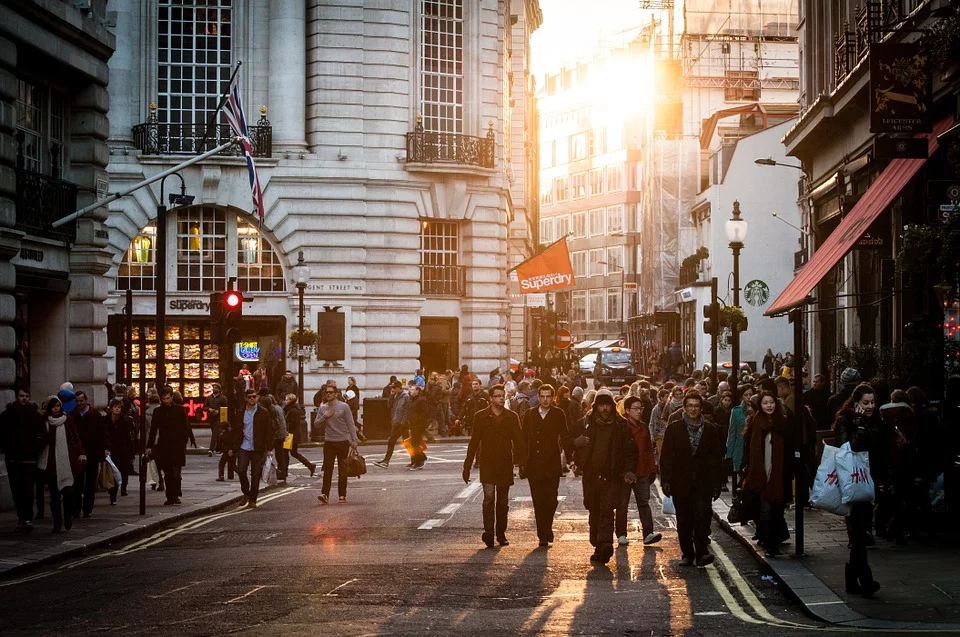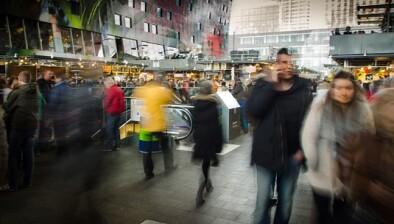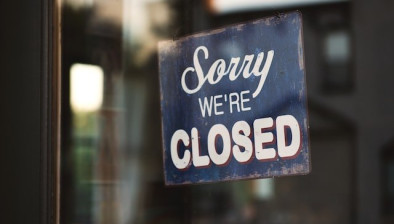PwC: Scotland’s high streets take impact as 1,200 stores close across country
More than 1,200 chain stores closed in Scotland in 2020 with just 612 openings, continuing a trend that has developed across high streets in recent years, leading to 14% fewer stores compared to 2016 as shoppers migrate to online shopping.

The 1,264 closures – which do not include stores temporarily closed because of lockdown restrictions – is in line with the 1,288 closures in 2019, according to the latest PwC research compiled by the Local Data Company (LDC).
When openings are taken into account the net change in store numbers is -4.1% in Scotland, compared with -4.5% across Great Britain – where there were 17,532 closures compared to 7,655 openings.
Even discounting the likely final impact of the pandemic, 2020 is the worst performance in recent years, with the net closures higher than in any of the five previous years.
The -4.1% reduction accelerates the rate at which stores have disappeared from towns and cities across Scotland. In 2019, the year-on-year change was -2.9%, having been -3.5% in 2018, -2.6% in 2017 and -1.9% in 2016. In total, there are 2,500 fewer chain stores than at the end of 2015.
The result of the survey highlights the long-term impact of digital migration in the retail industry, but also how the full impact of the pandemic may not be felt yet given the extent of government support offered to businesses over the last year keeping many afloat.
This long-term shift is felt most sharply in high streets, with 883 closures over the period leading to a net loss of 432 stores – in percentage terms this is a net loss of 3.5%.
Shopping centres in Scotland felt the biggest impact in percentage terms with 279 closures and 103 openings leading to a 7.4% reduction in stores. Retail parks proved to be the most resilient sector with just 102 closures, compared to 58 openings, giving a net change of -3.2%, or 44 stores.
Across the UK, the net change on the high street was -5.7% with shopping centres at -7.1% and retail parks at 3.3%.
Footfall was already holding up better in retail parks before the pandemic due to their investment in leisure, and some retail parks have benefitted by being anchored by essential retailers that have remained open, even during the tightest restrictions. But it’s also because they’re considered safer in the current environment: free parking means it’s possible to drive to the location (and avoid public transport), outdoor areas mean reduced indoor mixing and larger units allow for better social distancing measures.
Shopping centres by contrast, are often poorly located for consumers who want to shop local and travel less to city centres, and are more likely to host fashion retailers and chain restaurants, which are the number one and three most hard hit categories for net closure in 2020.
Meanwhile, the drop off in high-street footfall has affected those multiple retailers located on high streets, particularly those in large city centres. However, this decline in multiples has been somewhat offset by growth in interest of local and independent operators.
Jason Higgs, head of retail for PwC Scotland, added: “The bricks and mortar of Scotland’s retail sector continues to be influenced by changing consumer habits, ahead of all else. This means we continue to see far more stores being closed than being opened. Though this year, we are for the first time beginning to see a discernible gap between city centres and shopping centres, which are faltering, and retail parks, which are performing more resiliently with a mix of big-name brands in convenient locations surrounded by ample free parking.
“Hanging above our data for this year however, is COVID-19. Worryingly, the real impact of the pandemic is yet to be felt as some stores ‘temporarily closed’ during lockdowns, but considered as open in the research, are unlikely to ever welcome customers again.
“Many of the CVAs and administrations in the early part of 2021 are not captured in this data, including department stores, fashion retailers and hospitality operators that will leave big holes in city centre locations.
“As we hopefully emerge from lockdown, operators will simply be aiming to survive rather than flourish. We can expect to see the full impact of changing working and shopping environment, while operators face additional challenges of making rent payments - and the return of landlord enforcement powers and creditor winding up orders - while covering the costs of reopening, general operations, and maximising revenues in what is set to be a fiercely competitive market.”










